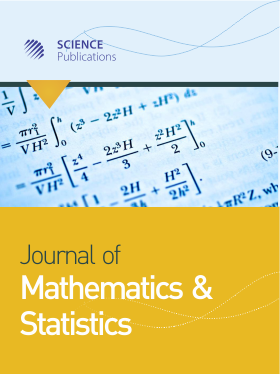Joint Modelling of Longitudinal-Time-To-Event with Categorical Variable Indicators of Latent Classes: Application to Tuberculosis Data
- 1 University of Fort Hare, South Africa
Abstract
In many clinical and reliability research reports, the outcomes of basic interest is the time to a particular event happens in order to indicate the person’s “true†state of health or survival status. Different models have been used to analyze such data separately, but may be unsuitable if the longitudinal and health status measures are correlated. In this study, mixed effect and Cox model of latent class are jointly modelled for the correlation between the covariates, observed and unobserved health status variable with binary latent class indicators. A Bayesian approach for Maximum likelihood estimates is implemented using Markov Chain Monte Carlo (MCMC) techniques. The repeated and survival measures are independently assumed to be a Gaussian process for latent bivariate. The joint model is applied to TB cohort study for the HIV comorbidity effect on event time for Tuberculosis patients. R package is used for curvilinear repeated measures of latent class model and joint latent class models for both repeated measures and survival time event.
DOI: https://doi.org/10.3844/jmssp.2020.90.103

- 3,176 Views
- 1,587 Downloads
- 0 Citations
Download
Keywords
- Bayesian
- Binary
- Model
- Latent
- Logistic
